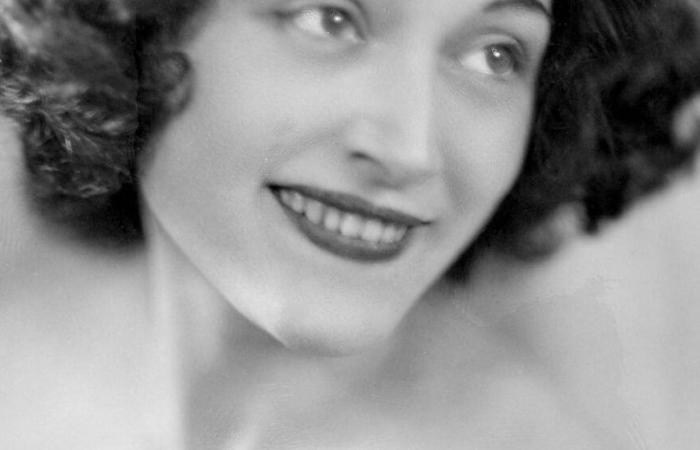CRITICISM – Through two works, the Franco-German muse, who died at the age of 40 in 1946, appears more alive than ever.
Nusch. A “aerial creature” under the brushes of Picasso, a fetishized body under the eye of Man Ray, “a twilight beauty” under the pen of Éluard. The Franco-German muse was one of the women most represented by the surrealist avant-garde. And yet, what do we really know about her? Nusch left no writing. She was, like many other muses of that time, a “voiceless body”as Joana Maso writes in her fascinating Nusch Éluard. Or, “how can we name the omnipresence of women judged without work in images that ended up finding a place on the art market?” It is on this paradox that the author decided to focus and retrace the course of Nusch's life using different archival funds.
First observation: surrealism “approached women as bodies without a socio-historical situation, enclosing them in discourses and fantasies, outside of time and space”. In doing so, “surrealism created its own archives”. What…
This article is reserved for subscribers. You have 78% left to discover.
Do you want to read more?
Unlock all items immediately. No commitment.
Already subscribed? Log in
France
Books






